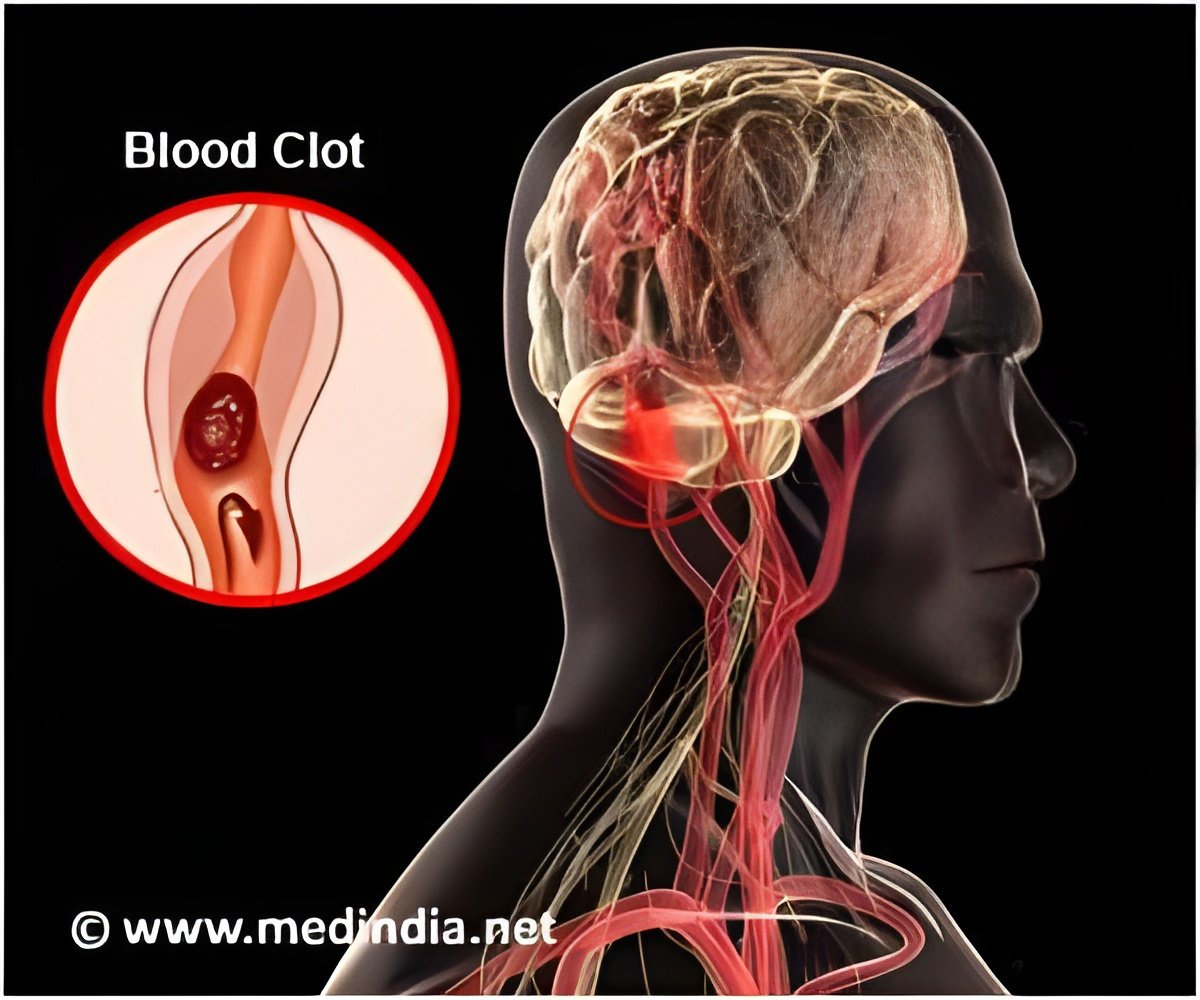
As reported previously, the lower limit value of fractional anisotropy of the cerebral peduncle in healthy volunteers is 0.36, and the lower limit of the asymmetry of the cerebral peduncle area is 0.83. It is worth further investigating the effects of the lower limit value of the cerebral peduncle on limb motor functional recovery in stroke patients. Dr. Zhibin Song and coworkers from Xiaolan Hospital of Southern Medical University, China mainly investigated the relationship between characteristics of cerebral peduncle fractional anisotropy values and area on the affected side and limb motor function recovery in patients with negative motor evoked potential after cerebral infarction. Their results showed that the fractional anisotropy values in the cerebral peduncle in patients with negative motor evoked potentials after cerebral infarction decreased most obviously within 1 months after disease onset, and the drop critical value of fractional anisotropy value of 0.36 occurred during this time period, indicating poor limb motor function recovery; patients with negative motor evoked potentials after cerebral infarction presented with a shrunken area of the cerebral peduncle on the affected side at 6 months after disease onset, and even worse outcomes in the subsequent months until 12 months, with a lower limit value of area asymmetry of 0.83, indicating poor limb motor function recovery. These findings, published in the Neural Regeneration Research (Vol. 8, No. 29, 2013), revealed the stroke patients with negative motor evoked potential show poor limb motor function recovery.
Source-Eurekalert













